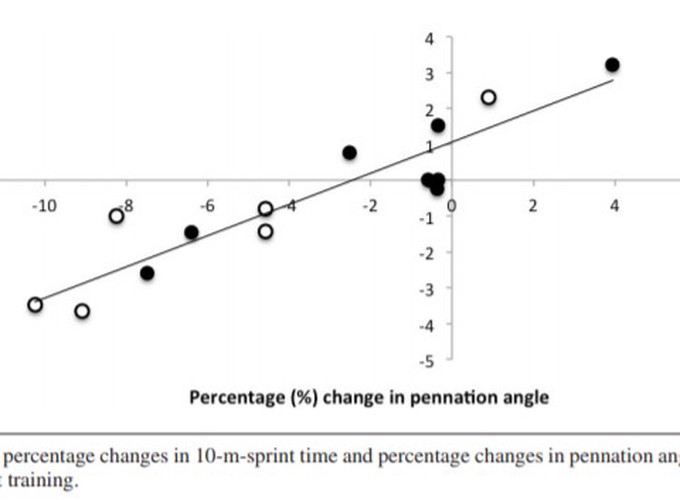Effect of Traditional and Resisted Sprint Training in Highly Trained Female Team Handball Players
Abstract
Fast acceleration is an important performance factor in handball. In addition to traditional sprint training (TST), resisted sprint training (RST) is a method often used to improve acceleration. However, studies on RST show conflicting results, and underlying mechanisms are not studied. To compare the effects of RST, by sled towing, against traditional sprint training on sprint performance and muscle architecture. Participants (n=18) were assigned to either RST or TST and completed two training sessions of RST or TST per week (10 weeks), in addition to their normal team training. Sprint-tests (10-m and 30-m) and measurements of muscle architecture were performed pre- and post-training. Beneficial effects were found in the 30-m sprint test (mean; ±90% CL) for both groups (TST=-0.31; ±0.19 s, RST=-0.16; ±0.13 s), with unclear differences between the groups. Only TST had a beneficial effect on 10-m time (-0.04; ±0.04 s), with a likely difference between the two groups (85 %, ES= 0.60). Both groups had a decrease in pennation angle (-6.0; ±3.3% for TST and -2.8; ±2.0% for RST), which had a nearly perfect correlation with percentage change in 10-m sprint performance (r=0.92). A small increase in fascicle length (5.3; ±3.9% and 4.0; ±2.1% for TST and RST, respectively) was found, with unclear differences between groups. TST appears to be more effective than RST in enhancing 10-m sprint time. Both groups showed similar effects in 30-m sprint time. A similar, yet small, effect of sprint training on muscle architecture was observed in both groups.
